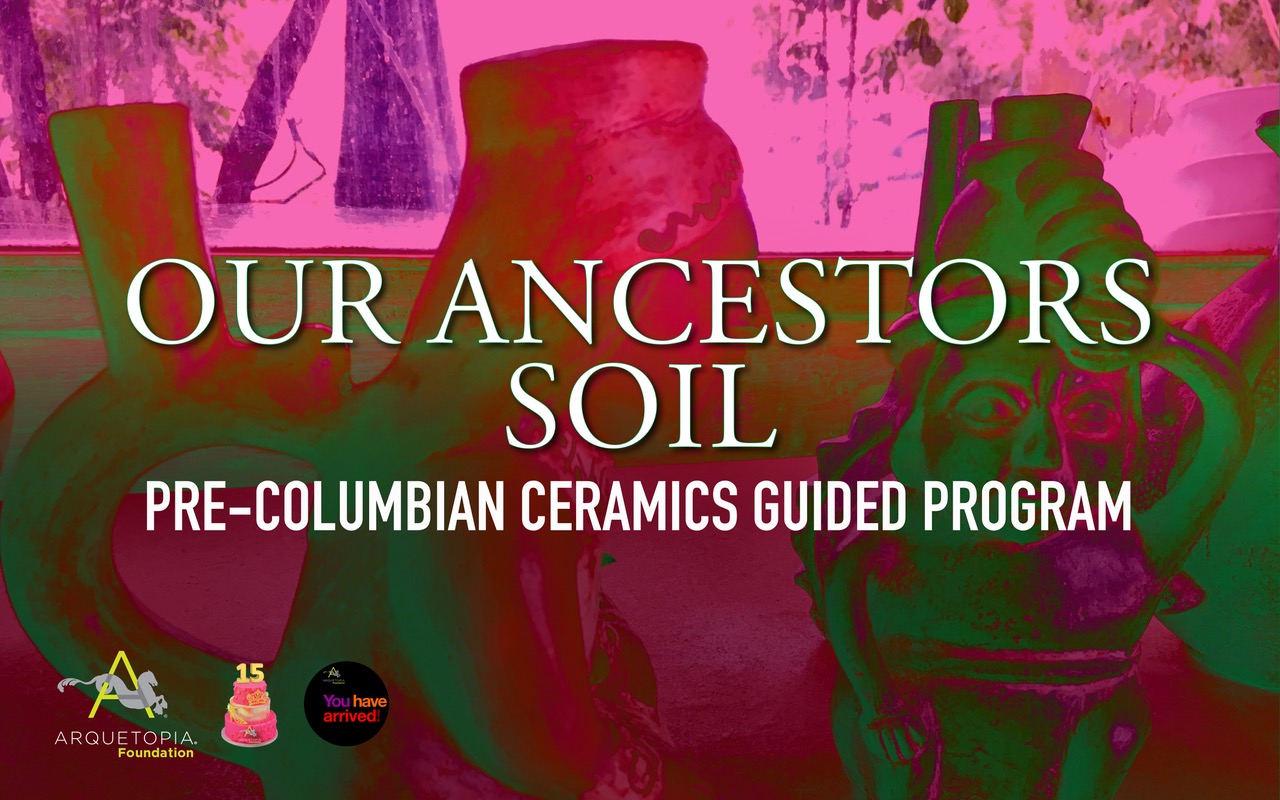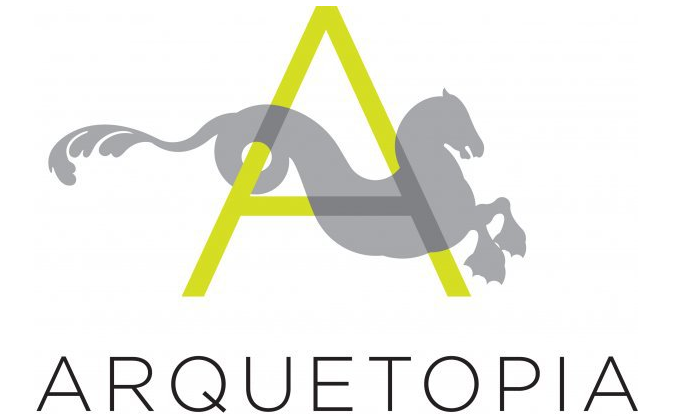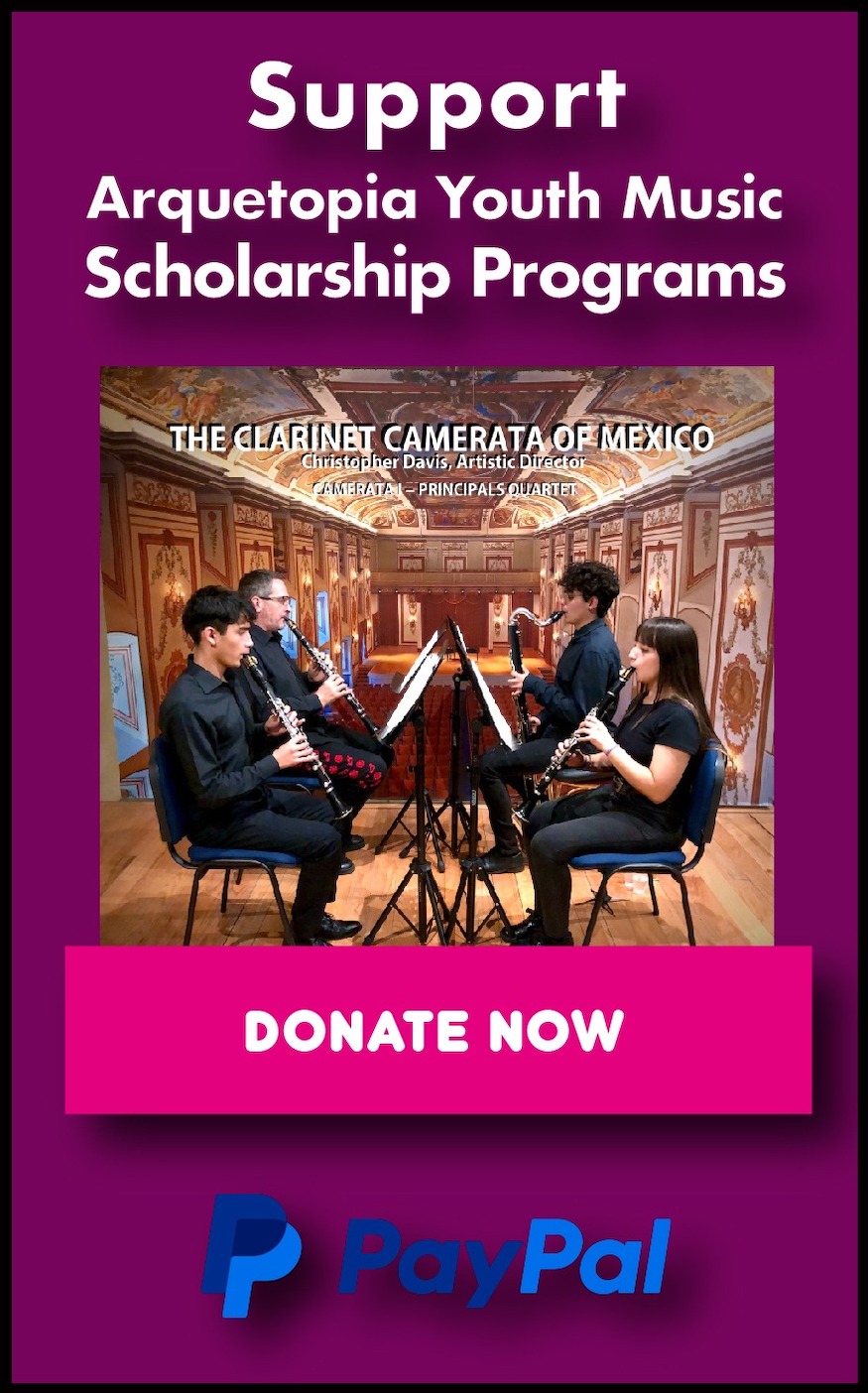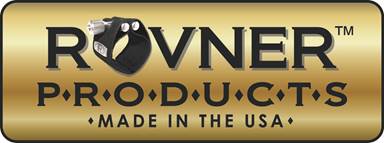Our Ancestors’Soil:
Pre-Columbian Ceramics Program
Arquetopia Location: Cusco, Peru

Note: We also offer the Mexican Ceramics Program in Puebla, Mexico.
This comprehensive, customized residency program offers competitive professional opportunities for emerging and mid-career, national and international artists age 20 and over.
Ceramic art and traditions in the Americas date back to at least 13,000 BC, reaching their peak with the most advanced civilizations in Mesoamerica and the Andes. From the Olmec and Chavín civilizations to the Maya in the Yucatán Peninsula, the Nazca in the inland Andean foothills, the Zapotecs in the Valley of Oaxaca, and Teotihuacán in the central valleys of Mexico, as well as the Moches and Tiwanaku civilizations in South America, and the Cholultecas in Puebla and the Aztecs in the Central Valley of Mexico, ceramics were regarded as one of the highest forms of art. The European invasion and conquest of the Americas dramatically affected the styles, forms, decorations, and techniques of native traditions. However, some pottery forms have survived intact to this day, including comals, molcajetes (grinders), basic cooking bowls and utensils, and censers. While some traditional pre-Hispanic-style ware was still produced in the early colonial period in Mexico and Peru, its quality and aesthetics declined significantly. The importation of European and Asian artifacts also influenced ceramic decoration and techniques, contributing to the flourishing of new, complex traditions such as Talavera (majolica) in Puebla.
Pre-Hispanic ceramics were not glazed but were burnished and painted with colored fine clay slips, incorporating mineral pigments, which could be applied before and/or after firing. Building techniques include molding by pressing clay against pre-existing shapes or molds, and sometimes using slip casting with relief decorations, as seen in Puebla, Tlaxcala, and Nazca, and Tiwanaku in Peru. Various decoration methods were used in pre-Columbian pottery, including pressing designs into the clay with textiles, stamps, shells, and sharp tools. Local clay bodies continue to be used for traditional ceramics in both Mexico and Peru, often with no additives, which makes the ceramic arts diverse, rich, and complex in traditions, styles, techniques, and qualities.
Ceramics, historically straddling the fine line between "craft" and "art," have long been a marker of class and taste. This dual identity reflects the evolving perceptions of what constitutes artistic value versus utilitarian craftsmanship. While ceramics were initially regarded primarily as functional objects, over time, particularly with the influence of European academicism and the rise of the art market, ceramics began to be viewed as art in its own right. The division between "craft" and "art" often correlates with social hierarchies, with fine ceramics being seen as a luxury, reserved for the elite, while more utilitarian ceramics remained associated with lower social classes. The concept of "taste" is central to this divide, as articulated by Pierre Bourdieu in his theory of cultural capital. Bourdieu suggests that taste is not merely an individual preference but a social practice that signals one's position in the social hierarchy. Through the consumption and display of certain objects, such as refined ceramics, individuals align themselves with a specific class identity. Bourdieu’s concept of "taste" is deeply tied to the notion of cultural capital—the collection of knowledge, skills, and preferences that individuals acquire, often unconsciously, to navigate social distinctions. In this context, the appreciation of high-end ceramics, such as those crafted from fine materials like Talavera, can be seen as a reflection of one's cultural sophistication, a way of signaling both personal identity and social status.
1. The Connectivity of Concepts
The Arquetopia Pre-Columbian Ceramics Program connects the history, material culture, and artistic practices of indigenous ceramic traditions with colonial-era techniques, fostering a deeper understanding of how ceramic technologies are embedded in broader social, political, and historical contexts. Through academic visits and direct engagement with the local context, participants link the tactile experience of working with traditional clay to larger conceptual frameworks. This approach encourages an exploration of the histories of resistance, adaptation, and identity negotiation, recognizing how ceramic knowledges of pre-Columbian cultures, have been central to cultural narratives and artistic expression throughout history, while continuing to influence contemporary ceramics practices.
2. The Practice of Unlearning
This program challenges participants to dismantle preconceived notions about ceramic techniques, craftsmanship, and authorship by critically examining the colonial legacies embedded in the use of indigenous materials and methods. Participants explore how pre-Columbian ceramics, once appropriated and redefined by colonial powers, continue to shape artistic practices. This process encourages unlearning, questioning dominant narratives surrounding the cultural significance of ceramics. By reflecting on colonial histories and indigenous knowledge, participants reorient their practices toward a more conscious relationship with ceramics, allowing them to reclaim and revitalize traditional methods through contemporary perspectives.
3. The Rhythm of Creating
In this program, rhythm becomes a space for participants to explore the connection between ceramic techniques, local materials, and colonial-era influences. Through hands-on exploration of clays, and decorative techniques, participants engage in a dynamic process where research, intuition, and materiality converge. This approach fosters a continual dialogue between making, questioning, and discovering, transforming artistic practice into an active site of inquiry. Here, intuition guides participants to rethink historical narratives, deepen their understanding of ceramic materials, and forge new connections between traditional pre-Columbian techniques and contemporary artistic expression.
4. The Ethics of Movement
Nicholas Mirzoeff’s concept of "white sight" explores how vision and representation are shaped by colonial frameworks that dictate who is seen, how they are seen, and whose histories are told. This concept is integral to the Pre-Columbian Ceramics Program, where clay and ceramics act as active forces—shaped by trade, migration, and cultural exchange across borders and histories. Participants are invited to reflect on the ethics of movement, acknowledging the responsibility involved in working with indigenous materials and ceramic techniques that carry historical significance. Through the creation of ceramics, the transmission of knowledge, and the exploration of cultural practices, participants examine how their work navigates issues of difference, reciprocity, and responsibility. Much like the gaze influenced by colonial structures, their encounter with the viewer becomes an opportunity for ethical reflection, prompting conversations that challenge established narratives and open spaces for new dialogues. In this way, the movement of materials, ideas, and knowledge becomes a space for ethical engagement, where artistic practice and historical consciousness continuously interact and evolve.
The Pre-Columbian Ceramics Program honors the rich ceramic traditions of Peru by incorporating local building techniques, materials, and styles. This 5-week mentored program offers 36 hours of master guidance/assistance (spread over the 5 weeks) to explore the stylistic possibilities of pre-Columbian ceramic traditions from Mexico. The program includes hands-on guidance and assistance using clay bodies from the Sacred Valley of the Inca in Cusco. Participants will work with and experiment with traditional techniques, including burnishing, clay slips, pressing methods, and traditional carvings. This residency provides an immersive opportunity to study the pre-Hispanic ceramic traditions of Peru, with a focus on material experimentation and an in-depth understanding of the historical and cultural context of ceramics in the region. In Cusco, guidance is in Spanish, although speaking Spanish is not required to successfully complete the program. Participants receive personalized mentoring from our directorial and curatorial staff, offering research assistance, project guidance, and critique. In addition, participants are encouraged to work independently in our spaces.
PROGRAM DURATION / TIME PERIOD
Sessions are 5 weeks, with the option to extend for an additional week of continued production as a standard Ceramics Program. Dates are not predetermined but are proposed by the applying artist.
WHAT THIS COMPREHENSIVE PROGRAM INCLUDES
WHAT THIS COMPREHENSIVE PROGRAM INCLUDES
Technique Instruction:
- 36 hours master guidance/assistance spaced over the 5 weeks
- A weekly meeting with our directorial and curatorial staff for personalized mentoring, research assistance, project guidance, and critique
- Furnished, private bedroom
- 24-hour access to the kitchen for participants to prepare their own meals; meals/food are the participants' responsibility
- Wireless Internet
- Use of Arquetopia’s common spaces
- Shared, serviced (single) bathrooms with modern fixtures and showers
- Housekeeping
- Arrival pickup and departure dropoff transportation provided at Cusco Airport
- Affordable, everyday public transportation is available from the program vicinity of Urubamba to the city of Cusco. Participants receive an orientation regarding the local transportation system upon arrival
- 24-hour access to shared art studio with natural light
- Personal workspace with a large table
- Some tools provided
- Materials and supplies for the instructional course (10 kg / 22 lb of clay) provided
- Materials and supplies for extended project production not included but available for purchase locally
- Access to special facilities (such as our partnered museums and studios) provided
PROGRAM TUITION INFO & APPLICATION DEADLINES
E-mail This email address is being protected from spambots. You need JavaScript enabled to view it. for tuition info and application deadlines for this program.
TO APPLY
Click here to apply for this instructional program.
TO APPLY
Click here to apply for this instructional program.









